Why the “Sale” Isn’t Really a Sale
Do you feel like some stores are always having sales? It all sounds great, but those big sales at big retailers are more marketing ploys than customer benefits. All those sales exploit the psychology of anchoring bias and are far more frequent than we might realize.

You all know them. Those ‘40% off your purchase’ sales at many of the big name fashion retailers.
They drive me nuts.
Years ago, before blogging and before I had any sense of my personal style (which I admittedly continue to discover and hone), I felt the thrill of seeing the 40% discount sign and thinking it was a great time to stock up or add something fun and new to my wardrobe.
As I’ve become more cognizant of shopping, brands, and sales, I’ve come to understand that these giant sales are far from special. In fact, I’m inclined to believe that the sale price is built into the company’s expected profit margin and any sales at full price are a bonus of extra profit margin.
Convinced this was the case, I set out to do a little, very unscientific experiment. Simply, I tracked how often two major brands offered their products at discounts of at least 30% over the course of a month.
The Experiment and The Results
I signed up for emails from both Ann Taylor and Banana Republic just before the beginning of the month.
Both companies sent me enormous amounts of email, at least once a day and sometimes twice. I know I could change the frequency, but that wasn’t really the intention of my experiment. I wanted to see, when I gave these companies access to my inbox, how little they respected it and how inundating their definition of “reasonable communication frequency” felt.
I received 24 emails from Banana Republic in 31 days that offered me at least 40% off on something. Some days, I could get 50% off. The sale items varied from a small selection of things to an entire purchase.
Ann Taylor notified me of sales 29 of 31 days in the month. These varied in nature from $25 off a $75 purchase up to 50% off my entire purchase.
Neither retailer was shy to remind me of ongoing sales for which I may have missed the previous day’s or earlier morning’s initial communication.
These emails started to overflow my inbox. They became so frequent, I actually missed a couple of emails I normally catch because they were ‘crowded out’ by this garbage.
With discounts offered this often, is that even a sale? Isn’t that just their regular price being disguised as a sale?
Free Markets Are Generally Good
I’m a supporter of reasonably free markets and also appreciate that these brands are running businesses. One of their main goals is to provide a healthy return for their investors, and I fully support this in and of itself.
While I do believe social responsibility supports financial success, I don’t pretend to think that these companies are charities or in business to pad customer savings accounts. So by convincing customers (through hopefully transparent means) to buy more clothes, they’re really just pursuing their financial goals. I get that.
Understand the Marketing Ploys
Here’s what I wish more consumers would recognize. These sales aren’t special!
These sales aren’t scarce. We don’t need whatever was jacked up in price only so the mark downs could make prices appear more reasonable and stimulate emotional excitement triggers.
We aren’t actually getting “a great deal.”
Further, nothing is a good deal if you rarely wear it or don’t really love how it makes you feel (and most of the impulsive purchases we buy when spurred by “big sales” are just that).

Real Psychology is At Work
This emotional “trap” is a real, scientific thing. It’s called anchoring bias.
The excessive full price provides a mental starting point, an anchor, against which we compare all further prices and assessments. We encounter it everywhere in life. It’s not going away, and I’m not asking retailers to do away with employing the anchoring bias as a favor to customers’ bank account and credit card bills.
I’m also not suggesting consumers should never shop their wares. While I don’t typically shop at many of these stores, I know that we all have our own tastes, preferences, and priorities.
Shop Thoughtfully and Consciously
Instead, I encourage you to understand how these marketing tactics impact consumer decision making. You may decide to buy something that perfectly fits a gap in your wardrobe when it goes on sale. But at least you’ll be cognizant about what you bought and why. You won’t just succumb to retailers influencing you to buy pieces you otherwise would have never thought to purchase.
Undressing ‘fake sales’ isn’t about bashing the retailers that offer them or the customers that ‘fall for’ them.
It’s about recognizing that buying something at a lower price isn’t ‘saving money’ unless it’s something we otherwise would have purchased at full price. It’s about thinking twice whether or not we really need something or will really love something as is, not just because it’s on sale. It’s about knowing what we already have, what’s on our wish list, and when enough is enough… no matter the price.
Right now, unsubscribe from their emails, or at least reduce the frequency of which you receive them. Better yet, if you really can’t live without them, check out Unroll.me (it’s free) and roll them up to be received once a day with all your promotions and offers.
All those sale emails are doing more harm than good.
We can beat them at their own game. We just need to understand the rules by which they play.

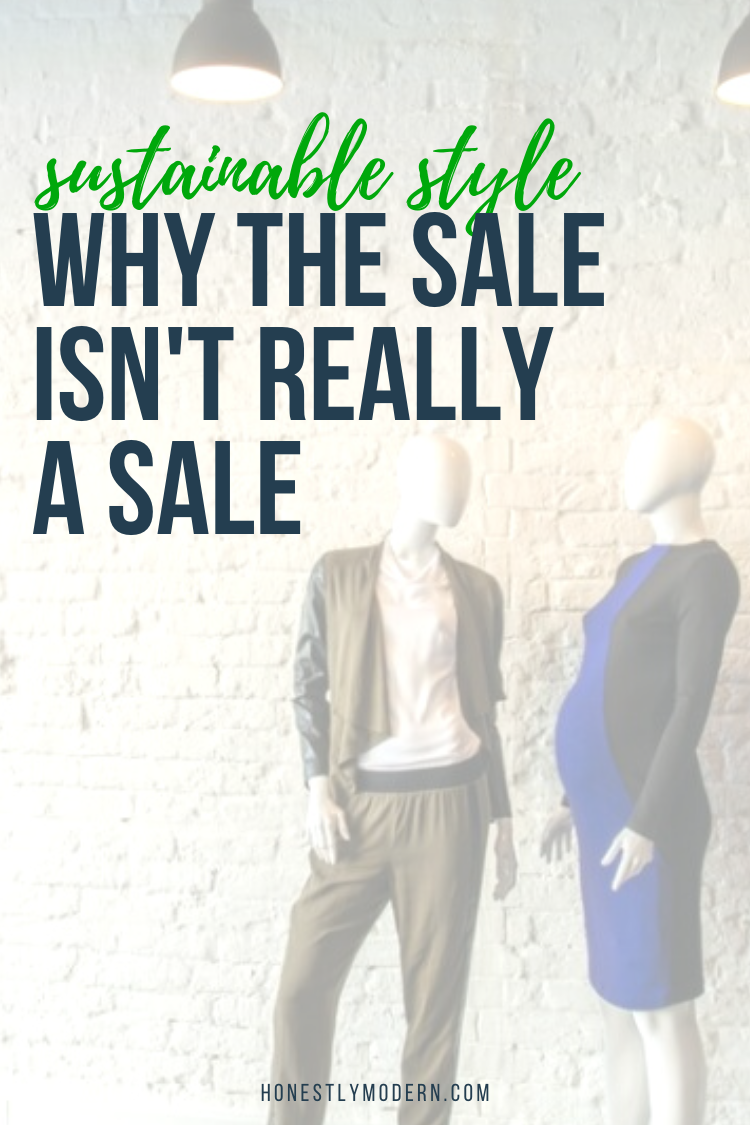
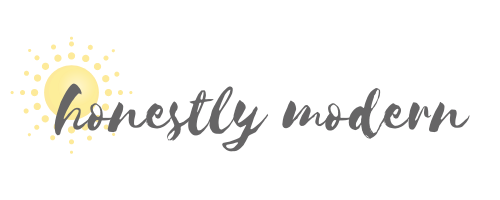
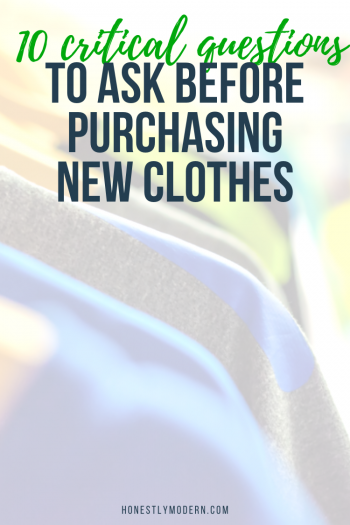
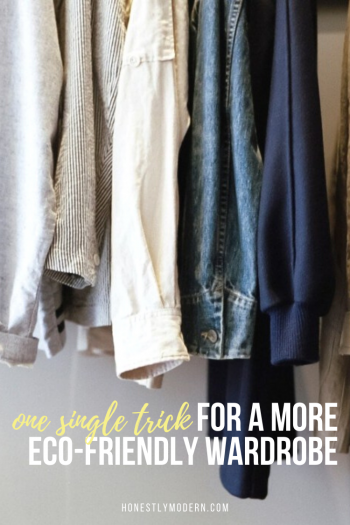




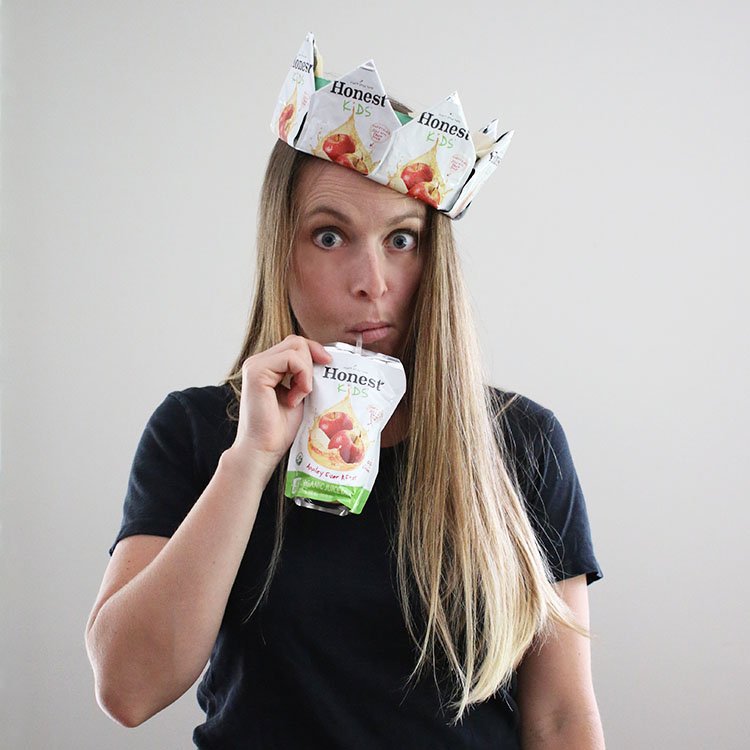


Wow. Just wow. That is so many emails and sales. I’ve switched to ethical and sustainable brands, so I only rarely get sale emails from brands, at the end of the season when they need to clear things out. When that happens, I do go in and pick up something I’ve been coveting, like the strappy high heels from Nisolo I got last week. Often I find that my favorite thing is gone! I get sale emails from sustainable boutiques maybe once every few weeks, and it’s usually for 10 to 15% off, not enough to make me go in and buy things I don’t need. The pace is just a lot slower in the ethical world! So yeah, I often pay full price if I really do love something, it’s well made, and I think it might sell out.
I’ve made the switch too and it definitely helps reduce the number of emails (not to mention the spending). I also pay full price more often, but we get what we pay for, right? 🙂 Thanks for the note.
Spot on. Reissue this one monthly!
Thanks 🙂 Glad you liked it!